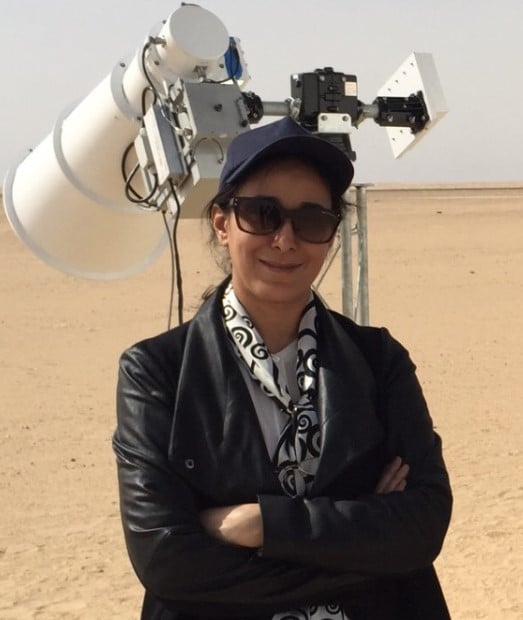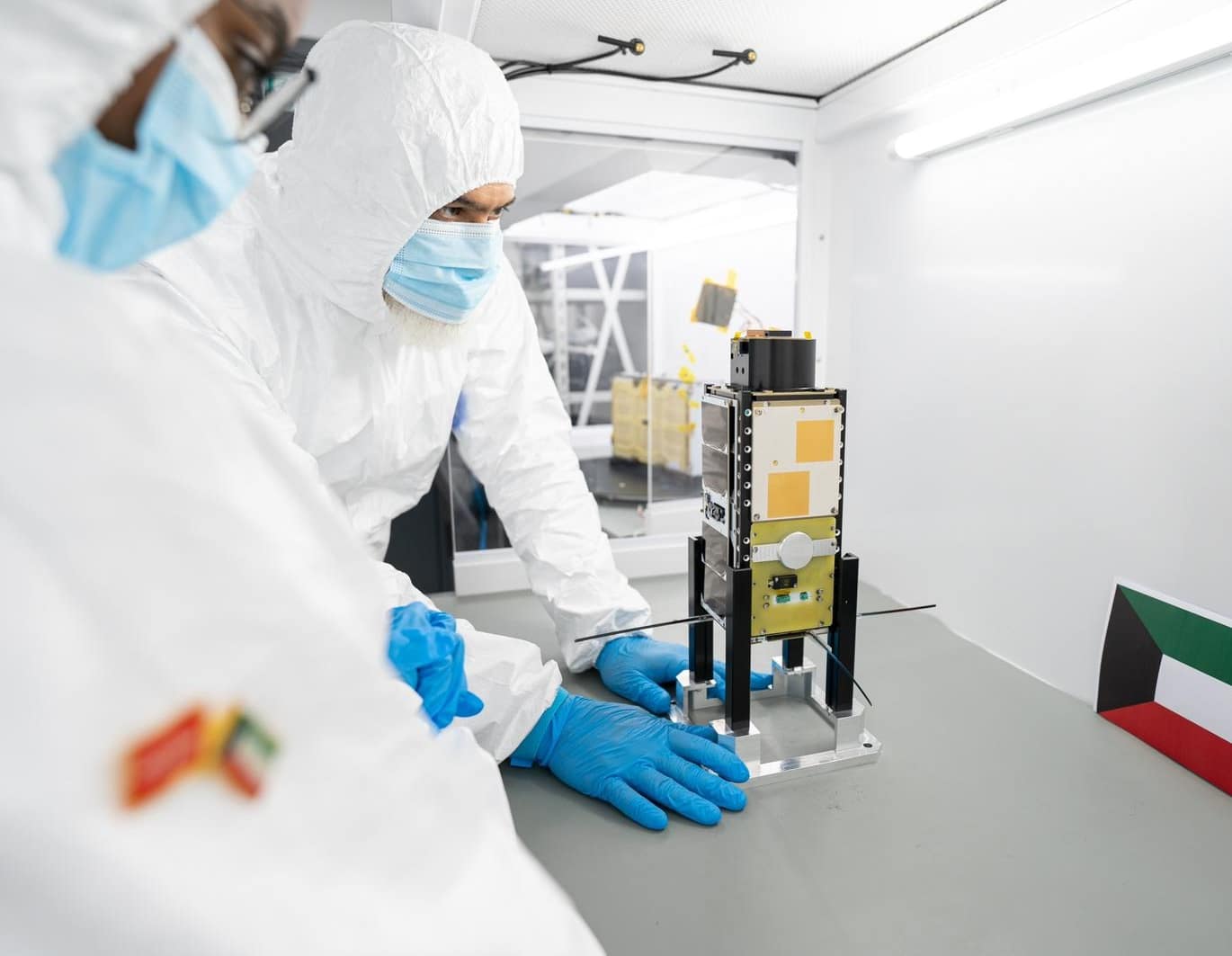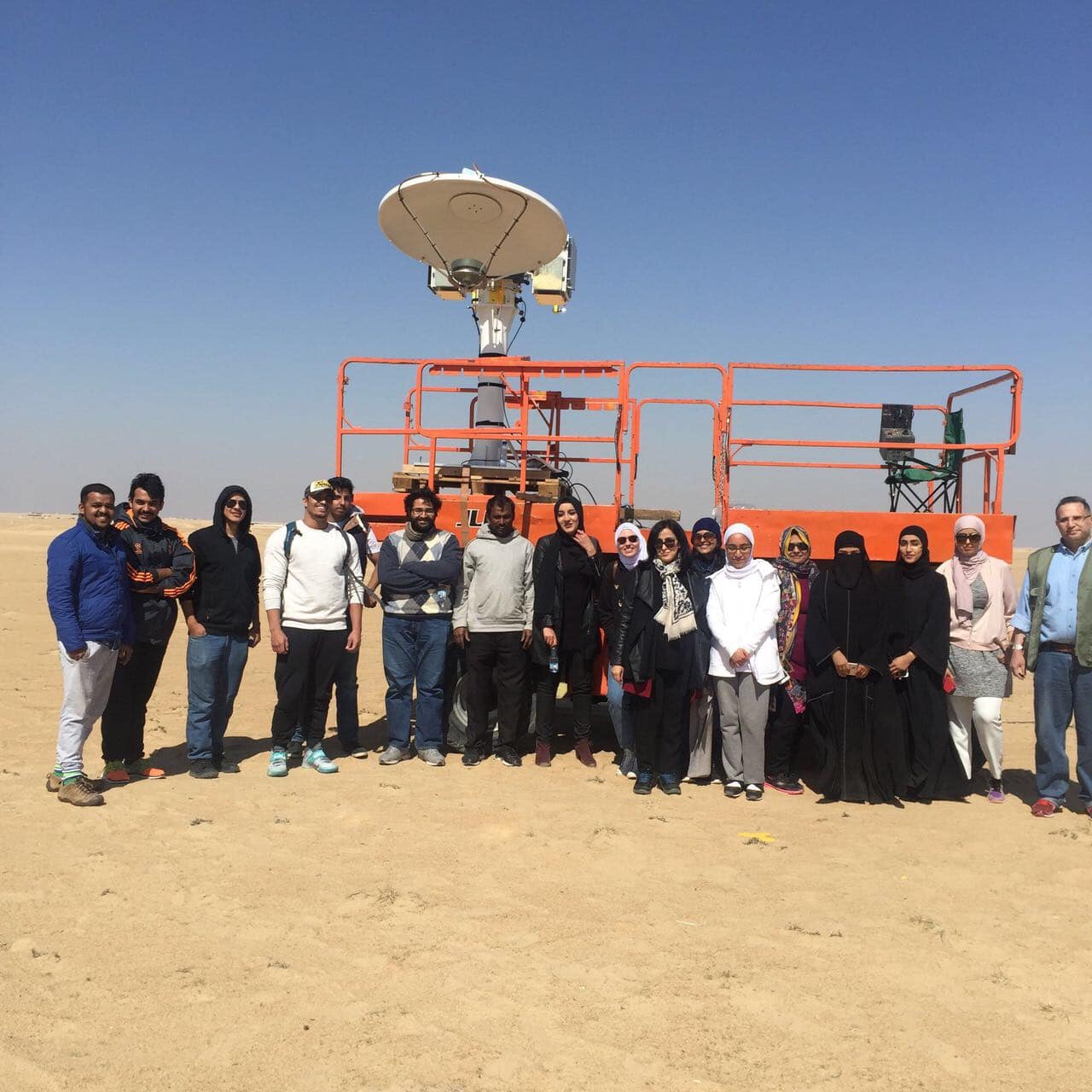KUWAIT: Most people, due to a multitude of reasons, forget to look up into the night sky and wonder what was out there in the vast vacuum of space. This particular curiosity might be at the end of the list for many; however, for those working on the KuwaitSat-1, it was the nucleus of their space ambition, reaching to the stars and seeking answers to the many questions of the cosmos.
The heroes behind the KuwaitSat-1 are plentiful. Some were students at Kuwait University’s (KU) college of engineering and science, while others were from the Kuwait Foundation for the Advancement of Science (KFAS) and the Kuwait Institute for Scientific Research (KISR). Recounting the early history of the KuwaitSat-1, project director Dr Hala Al-Jassar related the story that began around a decade ago. Picture this, a group of students from the KU’s department of physics plowing for data on humidity levels in the western deserts of Kuwait, said Dr Al-Jassar.
While focusing on the mission at hand, the students—involved in the process carried out in cooperation among KU, NASA’s Jet Propulsion Laboratory (JPL), and KFAS—began to ask whether it was possible to conduct experiments on moisture using a Kuwaiti-made satellite instead of NASA’s Soil Moisture Active passive (SMAP).




Dr Al-Jassar took notice of her students’ ambitions and made a mental note that at some point, the dream would be made into a reality.The Kuwaiti academic and the students mapped out the blueprint for the future Kuwaiti-made satellite, visualizing and realizing the device’s dimensions, purpose and goal. In 2018, the initial phase for what would be called Kuwait-Sat 1 began with a multi-party collaboration including KU, NAS, KFAS, and KISR.
Arbitrators from outside the group were brought into to provide insight on this aspiring project and with funding secured, KuwaitSat-1 as a project began development in October of 2019. It took around three years to finish the satellite with the involvement of 45 students from 330 applicants.
Day after day and month after month, the dream was realized finally, achieving what was hopefully, the students’ dreams and ambitions, said Al-Jassar.KuwaitSat-1 is only the beginning, affirmed Dr Al-Jassar, noting that there were plans for launching KuwaitSat-2 in cooperation with the Kuwait College of engineering.
The project director, as hefty is the title might portray, was not always that academic in charge of one of Kuwait’s most daring scientific projects. Al-Jassar was once a child looking up into the night sky wondering what is out there. She went on to choose physics as her major in college in 1981 and now her wonder met her students’ and the rest for now ... Is history. – KUNA

